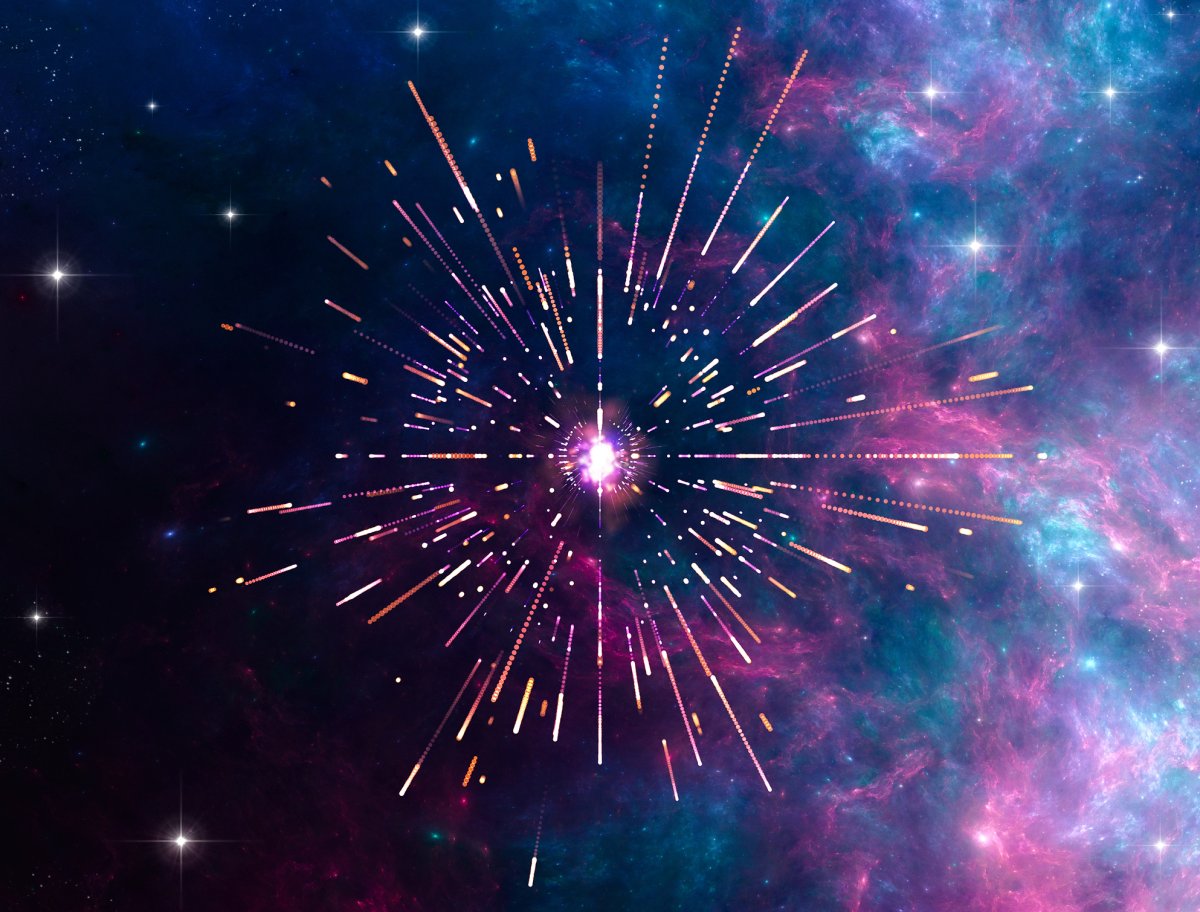In a milestone that could impact the future of physics, researchers have managed to place an upper mass limit on the subatomic particle called the neutrino.
Without knowledge of the mass possessed by these near-massless particles, physicists believe that humanity's understanding of the universe and its so-called "particle zoo" cannot be complete. This is because these particles are so light that their mass seems to have a different origin to that of other fundamental particles. The determination of the neutrino mass would, thus, shed light on the fundamental open question of the origin of particle masses.
Despite their lack of mass, neutrinos still play an important part in the evolution of the universe and large-scale cosmic structures due to how abundant they are. In fact, neutrinos are so light, virtually chargeless and so abundant that NASA estimates around 100 billion neutrinos pass every other square centimeter of our body every second, without our noticing them or their noticing our body.
At night, neutrinos from the sun go through the entire Earth before reaching you. It's little wonder neutrinos have earned the nickname "the ghost particle."
The newly established upper limit to the neutrino's mass was obtained by scientists with the Karlsruhe Tritium Neutrino Experiment, or KATRIN, located at Germany's Karlsruhe Institute of Technology. This measurement with unprecedented precision has established that neutrinos must have a mass less than 0.8 eV/c2—an electronvolt divided by the speed of light squared, used as a mass measurement in particle physics.
That is less than 1.78×10−27 kilograms, which is a zero followed by a decimal point, then 27 more zeroes before 178. To put this into perspective, an electron has a mass of 0.511 MeV/c2. That's over half a million times more than the newly established upper mass limit for the neutrino.
Just How Light Is a Neutrino?
KATRIN's lead principal investigator from the Massachusetts Institute of Technology (MIT), Joseph Formaggio, explained to MIT News in 2019: "People—myself included—don't really have an intuitive sense of what the mass is of any particle, but let's try."
"Consider something very small, like a virus. Each virus is made up of roughly 10 million protons. Each proton weighs about 2,000 times more than each electron inside that virus. And what our results showed is that the neutrino has a mass less than 1/500,000 of a single electron!" he said.
The MIT researcher continued by explaining that if you added up all the neutrinos residing inside the sun, you'd get about a kilogram or less. "So, yeah, it's small," said Formaggio.
While the vast majority of neutrinos that pass through Earth come from the sun, many have more distant cosmic origins, traveling the universe unimpeded at close to the speed of light. The KATRIN team used a source much closer to home to measure neutrinos, determining their mass limit by measuring the energy of electrons released during radioactive decay of tritium, a heavy isotope of hydrogen.
Formaggio explained that when tritium decays, it produces a helium-3 ion, an electron and an antineutrino. He said: "We actually never see the antineutrino, however; the electron carries information about the neutrino's mass."
"By studying the energy distribution of the electrons ejected at the highest energies allowed, we can deduce the mass of the neutrino, thanks to Einstein's equation, E=mc2," he said.
Formaggio said in Monday's press release: "The idea of using radioactive decays to measure neutrino masses is as old as the idea of the neutrino itself … But only now do we have the capabilities to make use of the technique to extract the neutrino mass with such precision."
This precise measurement of the mass limit of the neutrino required a major technological effort, with the experiment home to the most intense tritium source and a giant spectrometer, which is able to precisely measure the energy of decay electrons.
This result, published in the journal Nature Physics,is the latest attempt by the KATRIN team to establish the upper mass limit of the neutrino. Previous efforts had seen them obtain the upper boundary of 1.1 eV/c2.
The experiment will continue to investigate the mass limits of neutrinos until at least 2024, with its sensitivity projected to improve by four times.
Formaggio concluded: "Hopefully a positive neutrino mass measurement is just around the corner. It will truly round out our knowledge of the fundamental particles in our Standard Model."

Uncommon Knowledge
Newsweek is committed to challenging conventional wisdom and finding connections in the search for common ground.
Newsweek is committed to challenging conventional wisdom and finding connections in the search for common ground.
About the writer
To read how Newsweek uses AI as a newsroom tool, Click here.








